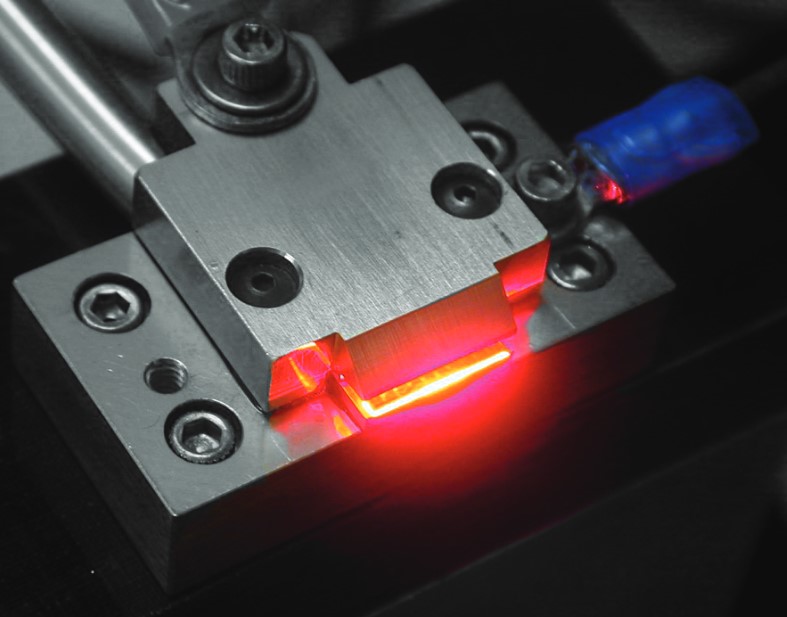
Overview:
This white paper explores recent advancements in high-power laser diodes and their applications in various fields, including dentistry, photodynamic therapy, custom laser solutions, and space-qualified laser diode development. It discusses the characteristics and benefits of high-power laser diodes, examines their applications in dentistry, photodynamic therapy, and space exploration, and highlights RPMC Lasers’ role in providing tailored laser solutions for different industries.

Introduction:
Laser diodes have revolutionized various industries by offering compact, efficient, and powerful light sources. This paper focuses on high-power laser diodes and their applications in dentistry, photodynamic therapy, and space exploration. It also emphasizes the importance of customized laser solutions to meet specific industrial needs.
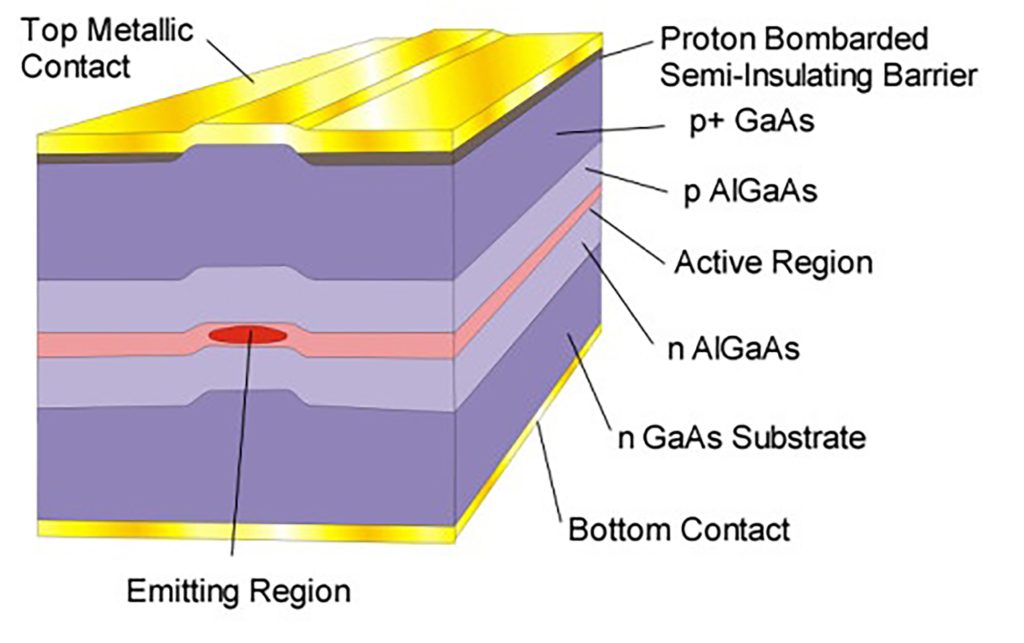
High-Power Laser Diodes:
High-power laser diodes are semiconductor devices capable of producing intense light beams. They offer advantages such as compact size, high efficiency, reliability, and higher power output compared to single-mode laser diodes. The output power varies based on the required wavelength. Laser diodes are available in a wide range of wavelengths, from ultraviolet (UV) at approximately 370nm to mid-infrared (IR) wavelengths exceeding 2um. High-power laser diodes can achieve output powers of several watts in certain wavelengths, while in others, they may deliver power in the range of hundreds of milliwatts.
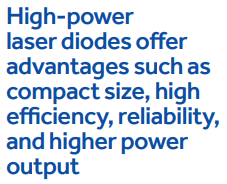
Applications for High-Power Laser Diodes
Crown Troughing in Dentistry
The technique of laser diode crown troughing offers numerous benefits, including improved efficiency, reduced bleeding, and enhanced patient comfort. Dental professionals can achieve precise and minimally invasive procedures by employing laser diodes with specific wavelength and power output. Near-infrared fiber-coupled diode lasers with a wavelength around 800nm are commonly used for crown troughing procedures. During crown troughing, a fiber with a typical core diameter of 400 microns is directed at the interface between the tooth and soft tissue, prompting the tissue to retract from the tooth.
Careful selection of laser power is crucial to ensure sufficient energy for tissue retraction without causing tissue burn. Most crown troughing lasers are designed for continuous wave (CW) operation within the range of 600 mW to 800 mW or pulsed operation within the power range of 1.2W to 1.6W. Your laser diode supplier should collaborate with you to find the right solution for your application.

Photodynamic Therapy
Photodynamic therapy (PDT) relies on light-activated photosensitizing agents to treat various medical conditions. It offers a comparable alternative to surgery or radiation in treating specific cancers, with advantages such as avoiding invasive surgical procedures and long-term radiation side effects. PDT enables highly targeted treatment by localizing the drug’s impact to the illuminated region of the body, as depicted in the figure below. While primarily effective for dermal and subdermal tumors due to light penetration, PDT has also demonstrated successful application in endoscopic procedures.
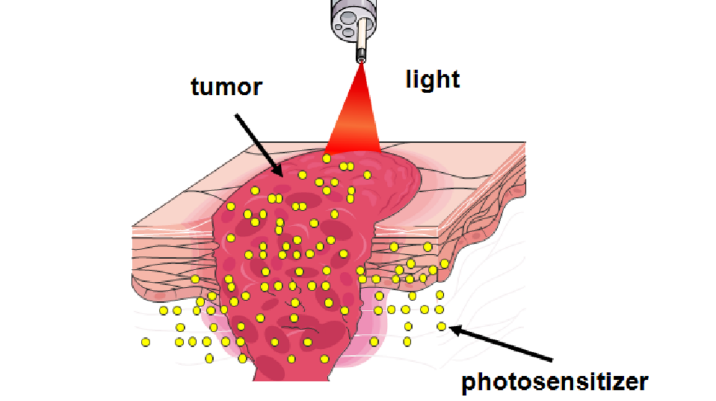
High-power red laser diodes, such as the LDX Optronics range distributed by RPMC Lasers, are ideal for PDT due to their ability to deliver the specific wavelengths required for activating photosensitizers. These diodes offer high power output, excellent beam quality, and spectral purity, making them effective tools in medical applications.
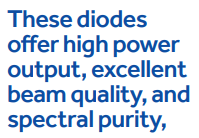
Space Exploration
Space exploration demands laser diodes that can withstand extreme conditions and deliver consistent performance. These diodes undergo rigorous testing to ensure they can withstand factors like temperature fluctuations, radiation, and mechanical stress. The qualification process involves developing an acceptance test plan (ATP) that guides the procurement, screening, and testing of laser diodes. The ATP aims to reduce component failure risk for space missions.
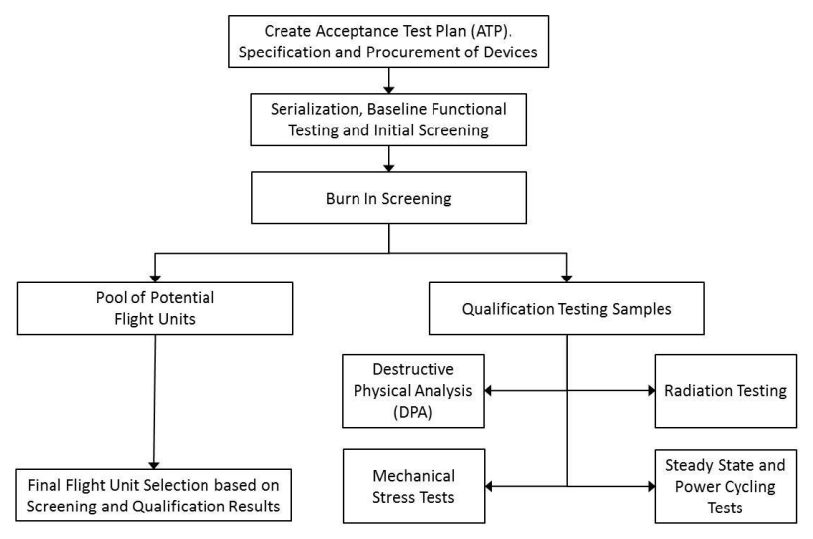
Laser diodes must meet optical and electrical requirements, and a traceable lot is selected for screening and qualification. The ATP flow includes screening, qualification testing, stress tests, physical analysis, life testing, and radiation testing. Radiation exposure can cause degradation in laser diodes, and ATP protocols ensure minimal changes in key parameters. Successful execution of the ATP certifies laser diodes for space-based applications. For this specialist application, it is important to select a partner such as RPMC Lasers that has experience facilitating the qualification of laser diodes for space applications.

Sourcing Laser Diodes
When sourcing a laser diode for specific applications, it is important to ask the right questions to ensure that the chosen supplier can effectively meet your requirements. Consider the following:
Capabilities:
Does the supplier offer all the wavelengths you need? It is crucial to verify whether the supplier can provide laser diodes in the specific wavelengths required for your application to ensure compatibility and optimal performance.
Customization:
Is the supplier willing to customize laser diodes to meet specific parameters such as power output, beam quality, and packaging? Customization ensures that the laser diodes are tailored to your specific needs.
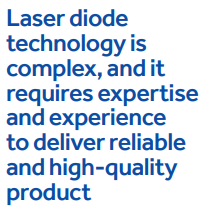
Experience and Know-How:
Laser diode technology is complex, and it requires expertise and experience to deliver reliable and high- quality products. When evaluating potential suppliers, assessing their experience and knowledge in the field is critical. Consider factors such as the supplier’s track record, their reputation, and the expertise of their technical team. A supplier with a proven track record and experienced personnel can provide valuable guidance and support throughout the sourcing process.
Supplier or Partner?
It is important to consider whether you require a mere supplier or a collaborative partner. A partner goes beyond supplying products and offers support, technical expertise, and a long-term commitment to your success. Evaluate whether the supplier demonstrates a willingness to understand your unique needs and provide tailored solutions accordingly, whether they support you with timely responses and technical expertise and care about your success. Look for indications of a customer-centric approach and a commitment to building a long-term relationship based on mutual success.
Logistics:
Product availability and continuity are essential factors to consider. Ask about the supplier’s approach to product updates and obsolescence management. A reliable supplier will provide transparency regarding potential product changes, ensuring a smooth transition and minimal disruptions to your operations. Are they delivering on time? Willing to stock products? Offer Just-in- time deliveries? If your sourcing process involves international suppliers, evaluating the supplier’s ability to navigate international regulations, tariffs, and customs requirements is essential to ensure a smooth and cost-effective procurement process.

Manufacture:
Understanding the manufacturing process and the origin of laser diodes is important for quality assurance. Find out about the supplier’s manufacturing facilities, quality control measures, and certifications. A reputable supplier will provide transparency and assurance regarding the manufacturing process and the quality of their products.
RPMC Lasers specializes in providing tailored laser solutions and meets or exceeds all of the above criteria. By collaborating closely with clients, the company offers expertise in designing and developing laser systems that meet specific parameters, such as wavelength, power output, beam quality, and size, and can help you select the right product for your application.
Conclusion
High-power laser diodes have made significant contributions to the fields of dentistry, photodynamic therapy, custom laser solutions, and space exploration. They offer unique advantages such as compactness, efficiency, and reliability.
By leveraging the expertise of RPMC Lasers, industries can benefit from customised laser solutions that meet their specific requirements. The continuous development and advancements in laser diode technology open new possibilities for various applications, making high-power laser diodes a key enabler in modern industries.
About RPMC Lasers
RPMC Lasers is the premier OEM laser supplier in the United States, specializing in offering a comprehensive range of diode lasers, CW and pulsed lasers, laser amplifiers, and laser accessories to the industrial, medical, life science, and defense sectors.
With a team boasting more than 100 years of combined expertise, profound knowledge of the laser industry, and hands-on technical experience, we excel at identifying the optimal laser solutions for our clients, whether in standard or custom configurations.
Established more than 25 years ago, RPMC Lasers was initially formed to support LDX Optronics in gaining global recognition for their exceptional laser diode products. Today, RPMC offers more than 1,500 different laser diodes and solid state lasers from technology leading manufacturers across the U.S., Europe, and Asia, as well as tailored solutions for any project or application. The company has exclusive agreements with most key manufacturers, but there is potential to partner with other manufacturers to help supply needed solutions to its customer base. The end goal is always to supply the best laser solution.
To find out more about RPMC Lasers, please contact:
[email protected] or visit: www.rpmclasers.com.
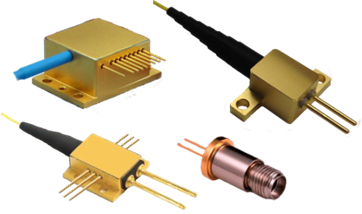

 BUY NOW
BUY NOW